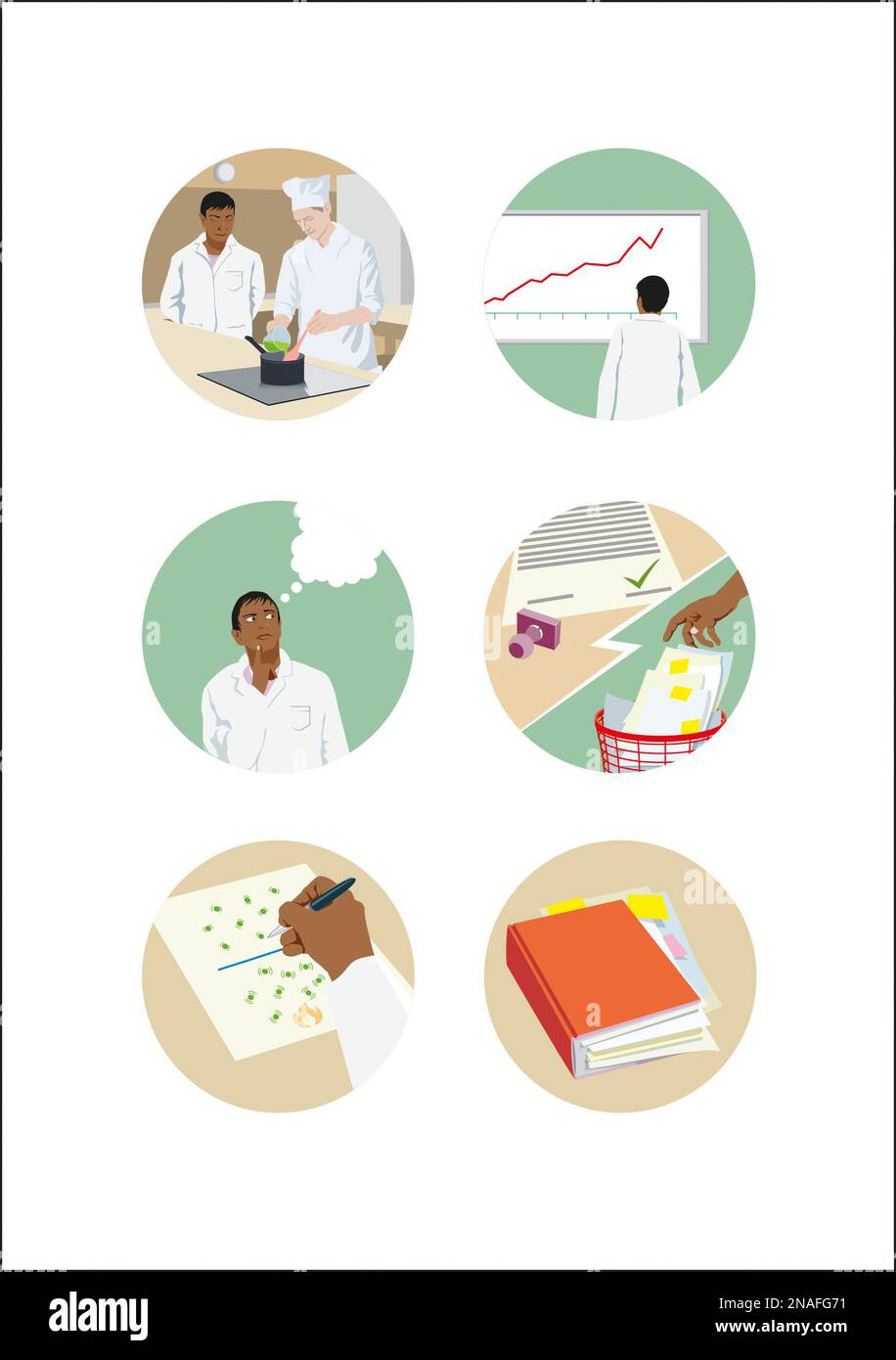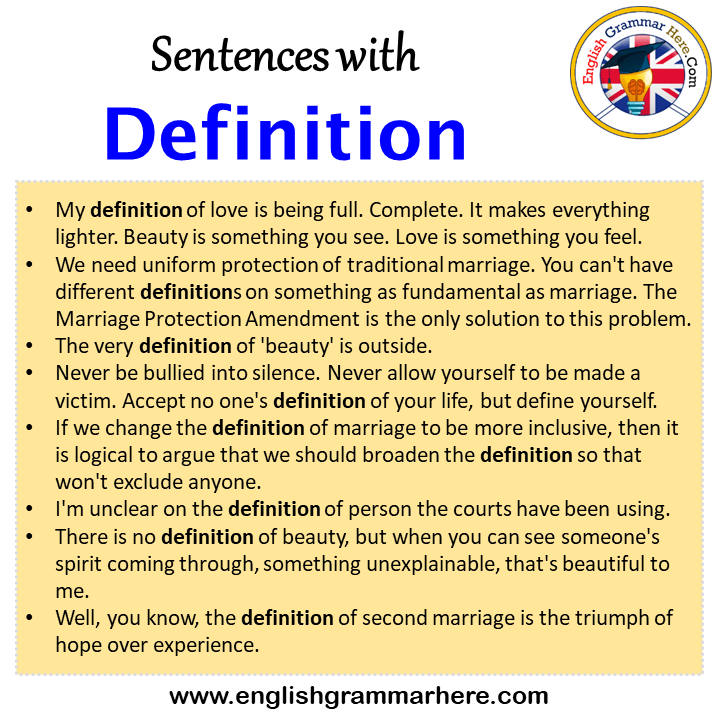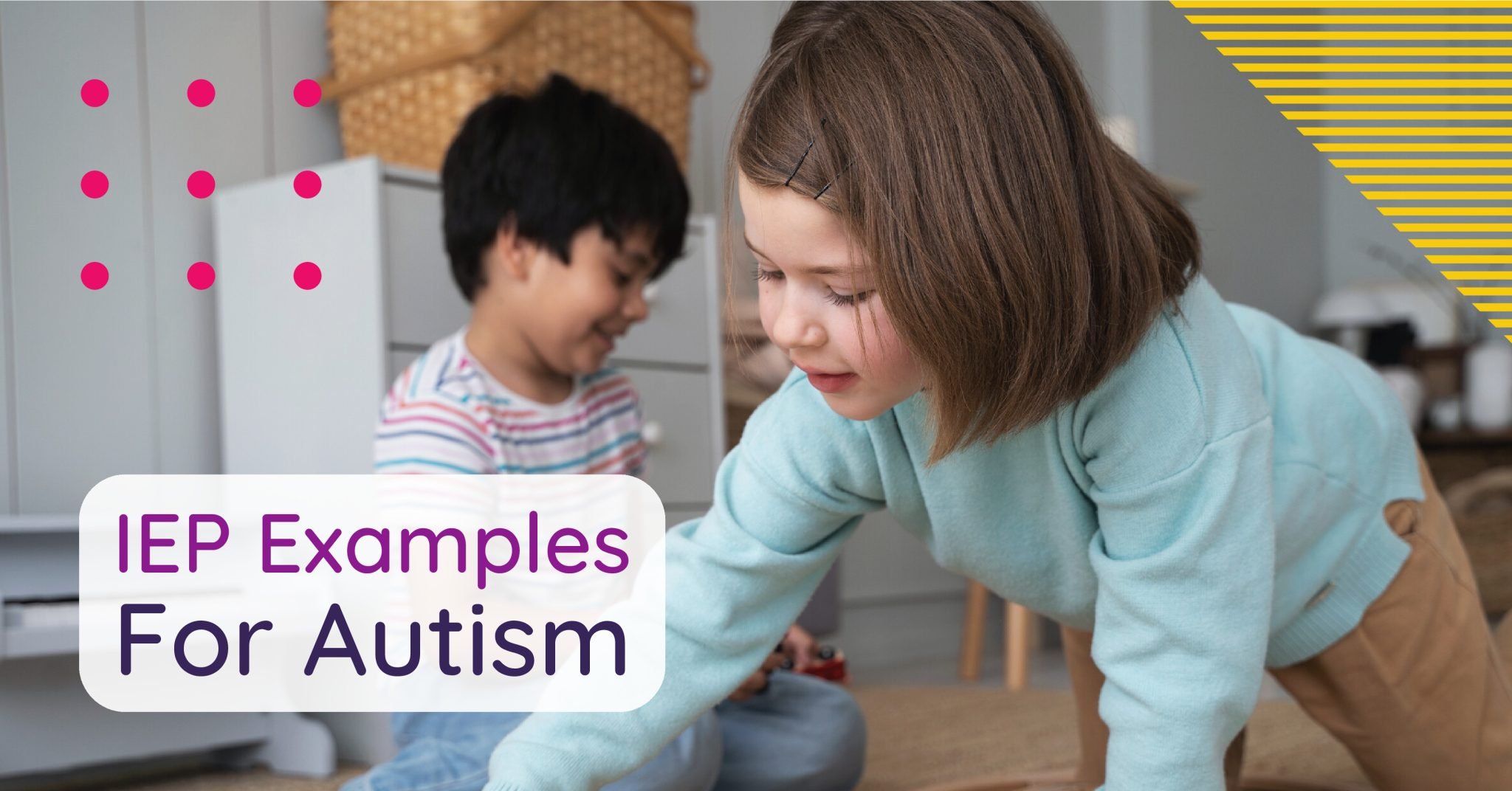Understanding How Science Works: The Steps, Process, and Practical Application
Introduction: The Foundation of Scientific Inquiry
Understanding how science works is essential for anyone seeking to make informed decisions, solve complex problems, or access reliable information. At its core, science is a systematic approach to exploring, testing, and explaining phenomena in the natural world. By following a structured process known as the scientific method , scientists and individuals alike can investigate questions, develop hypotheses, and arrive at evidence-based conclusions. This article will guide you through each stage of the scientific method, illustrate its real-world relevance, and provide actionable steps to apply scientific thinking in everyday life.
The Scientific Method: Step-by-Step Breakdown
The scientific method is a tried-and-true process that enables the discovery and validation of new knowledge. While the number of steps may vary slightly among sources, the essential components remain consistent. Below, we break down the core steps with detailed explanations, examples, and practical guidance.
1. Asking a Question
Science begins with curiosity. The process starts when you observe something intriguing and formulate a specific, measurable question. This question should be answerable through evidence and, ideally, experimentation. For example, you might ask, “Does music impact the behavior of certain species of domestic animals?” The clarity and precision of your question will shape every subsequent step [1] .
2. Conducting Background Research
Before proposing answers, it’s essential to gather existing information. This includes reviewing scientific literature, searching databases, or consulting authoritative sources. Background research helps you avoid duplicating past work and refines your understanding of the topic. For example, you might search for published studies on how music affects animal behavior, using academic databases like PubMed or Google Scholar. If direct links to studies are unavailable, use keywords such as “effects of music on animal behavior” when searching reputable sources [2] .
3. Creating a Hypothesis
A hypothesis is a testable, educated guess about the answer to your question. It should be specific and grounded in your research. For example, “Playing classical music will reduce stress-related behaviors in domestic cats.” A strong hypothesis helps define the variables and outcomes you plan to measure [3] .
4. Designing and Conducting an Experiment
To test your hypothesis, design an experiment with controls and measurable outcomes. Experiments should be repeatable and minimize bias. For instance, you might expose two groups of cats to different types of music and record their behavior. Document every step so others can replicate your work. If direct experimentation is impossible (such as studying extinct species), alternative methods like simulations or indirect observation can be used [2] .

Source: kids.gwnews.com
5. Analyzing Data
After collecting data, use statistical and analytical tools to interpret the results. Look for patterns and consider confounding variables. For example, if cats exposed to classical music consistently show fewer signs of stress, your data support the hypothesis. If results are mixed, revisit your experimental design or hypothesis. Many online tools and guides can assist with basic statistical analysis; search for “basic statistics for experiments” on reputable educational websites if needed [4] .
6. Drawing Conclusions
Based on your analysis, determine whether your hypothesis is supported or refuted. Be honest about limitations and potential errors. If your findings are consistent, you may propose a new theory or recommend further research. Conclusions should be communicated clearly and transparently, often in the form of scientific papers or presentations. If others can replicate your results, your conclusion gains credibility [1] .
Real-World Application: Using Scientific Thinking Beyond the Lab
The scientific method isn’t just for professional scientists. Anyone can apply its principles to daily life, work, and decision-making. Here are actionable ways to leverage scientific thinking:
Problem Solving: When facing a challenge, start by defining the problem clearly. Research solutions, test different approaches, and evaluate outcomes using evidence. For example, if you’re troubleshooting a software issue, document symptoms, research possible causes, test solutions systematically, and analyze which fix works best.
Evaluating Information: Use the scientific method to assess claims in media, advertising, or social conversations. Ask critical questions, seek out supporting evidence from reputable sources, and weigh competing explanations. For health claims, consult established organizations such as the Centers for Disease Control and Prevention (CDC) or the World Health Organization (WHO) by visiting their official websites or searching for the relevant topic directly.
Continuous Improvement: In business and industry, applying scientific principles can optimize processes and drive innovation. Organizations often use data-driven experimentation (A/B testing, process trials) to improve products and services. For guidance on implementing experiments in business, search for “A/B testing best practices” and consult resources from established business publications.
Challenges and Solutions in the Scientific Process
While the scientific method provides a reliable framework, several challenges may arise:
Bias and Errors: Human bias, measurement errors, and uncontrolled variables can distort results. To minimize these risks, use blind or double-blind procedures, standardize measurements, and repeat experiments. For tips on reducing bias, search for “reducing bias in experiments” from reputable educational platforms.
Access to Resources: Not all questions can be answered directly due to resource constraints or ethical limitations. In such cases, scientists use alternative methods, such as observational studies or meta-analyses.
Complex Systems: Some phenomena are influenced by many factors (like climate change or human behavior). Here, interdisciplinary approaches and advanced statistical tools are essential. Consider collaborating with experts from different fields or using simulation models. For more information, refer to guides from established scientific organizations.
Alternative Approaches and Flexibility
Although the scientific method is highly effective, it can be adapted for different fields and situations. For example, social sciences may use surveys and observational studies, while physical sciences rely more on controlled experiments. Flexibility in the method allows for innovation and creativity. If direct experimentation is not feasible, explore alternative approaches such as literature reviews, comparative analysis, or computer simulations.
Accessing Trustworthy Scientific Resources
To ensure accuracy and reliability, always consult authoritative sources . These include government agencies, academic institutions, and established nonprofit organizations. Examples include:
- United States National Institutes of Health (NIH): Visit the official NIH website and use their search bar for health-related research.
- Centers for Disease Control and Prevention (CDC): Access public health information by searching “CDC” and the topic of interest.
- World Health Organization (WHO): For global health topics, visit the official WHO website or search “WHO” plus your subject.
- Academic Databases: For peer-reviewed research, use Google Scholar or PubMed, entering specific keywords related to your question.
If you are unsure about where to find information, consider starting with your local library or university websites. Many institutions provide free access to scientific publications or can guide you to trustworthy online databases.
Summary: Key Takeaways for Applying Science
Science works through a disciplined, iterative process that encourages curiosity, evidence-based reasoning, and transparency. Anyone can apply the scientific method to solve problems, evaluate information, and make better decisions. Remember to:

Source: kids.gwnews.com
- Define clear, answerable questions
- Research existing knowledge from authoritative sources
- Develop and test hypotheses with rigorous experiments or studies
- Analyze results critically, looking for patterns and potential errors
- Draw honest conclusions and consider further investigation
- Consult trusted resources for up-to-date, reliable information
Whether you’re conducting research, making personal choices, or evaluating public information, the principles of scientific thinking offer a pathway to clarity and confidence. For guidance and additional support, reach out to academic institutions, government agencies, or established nonprofit organizations.
References
MORE FROM searchhole.com













